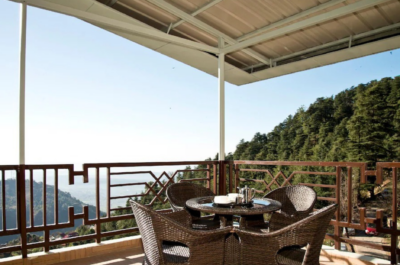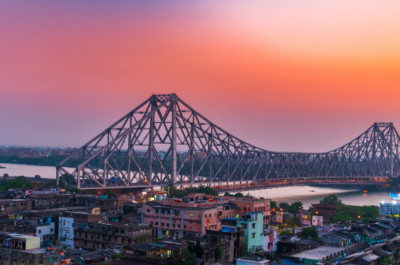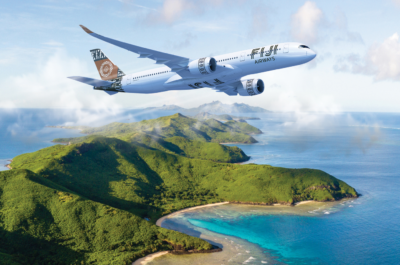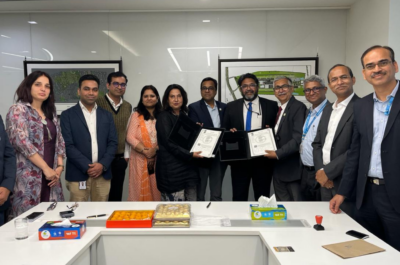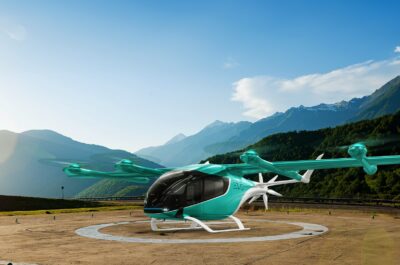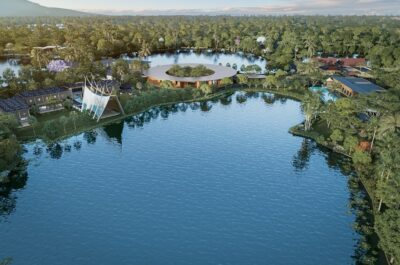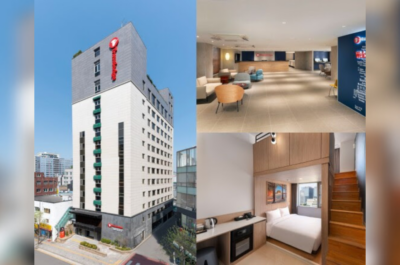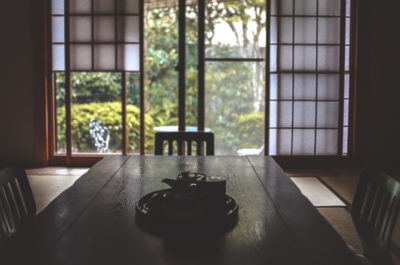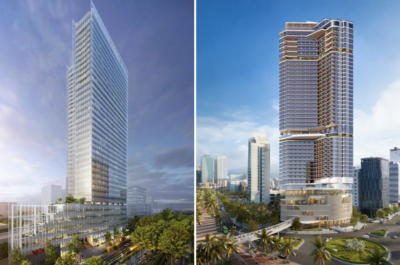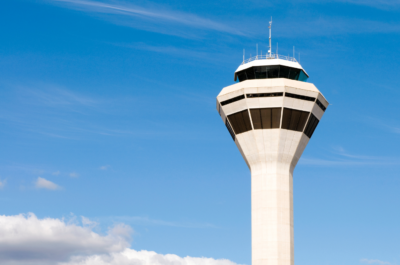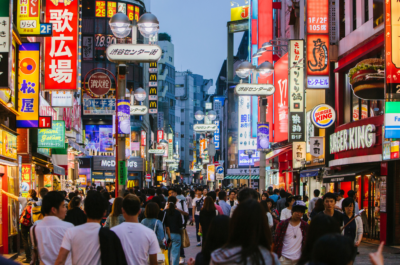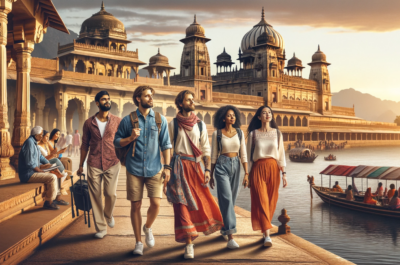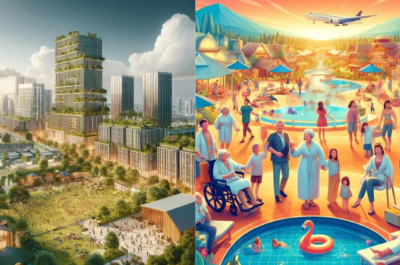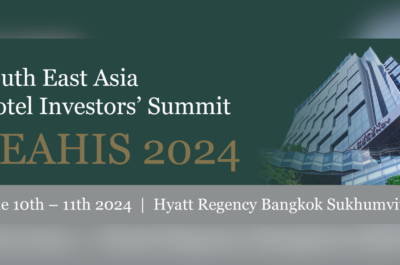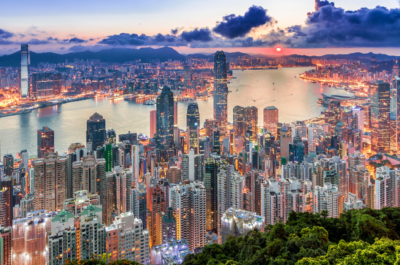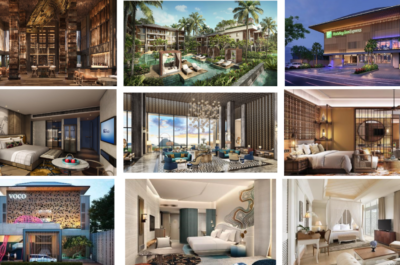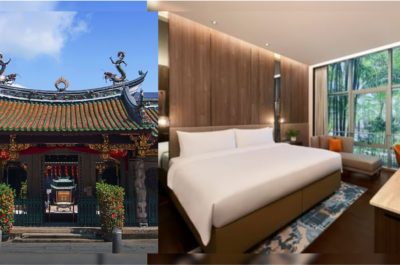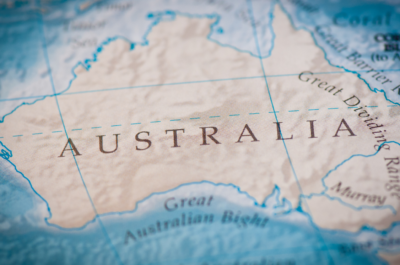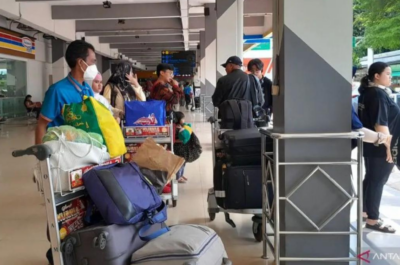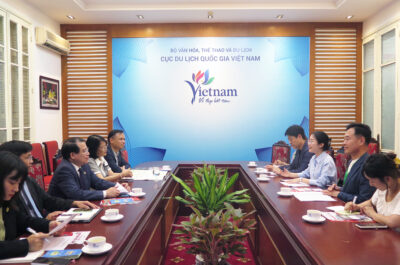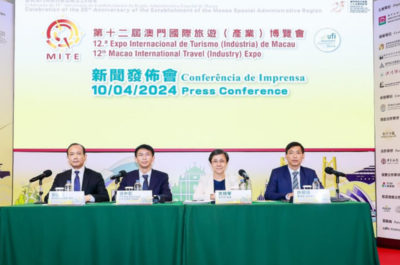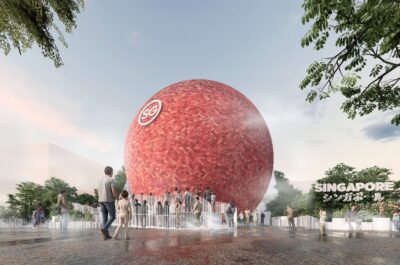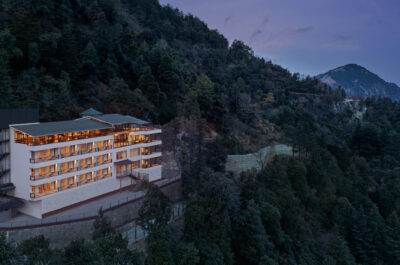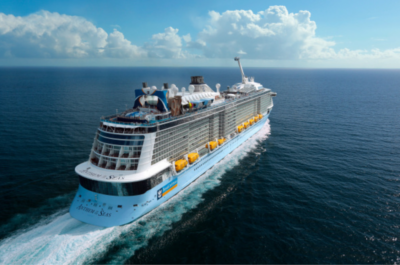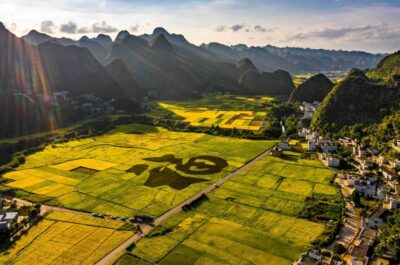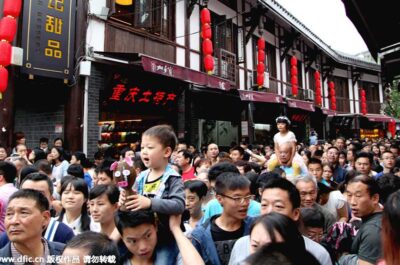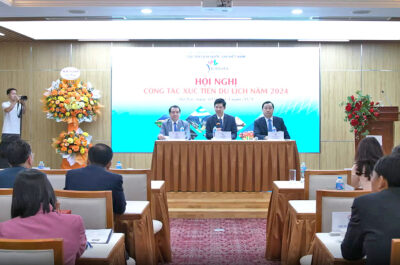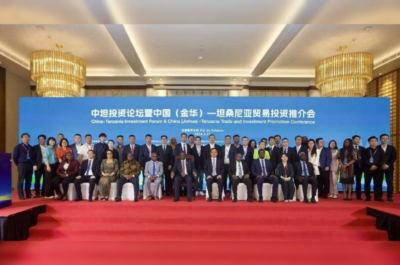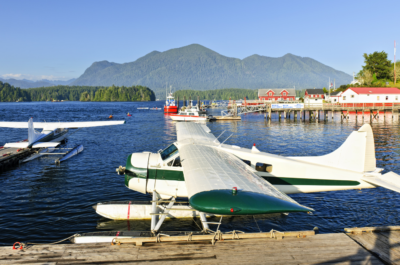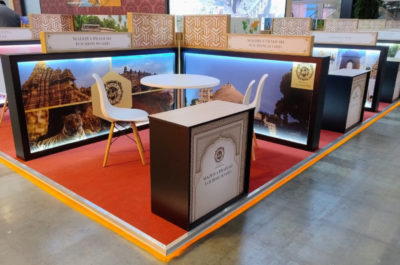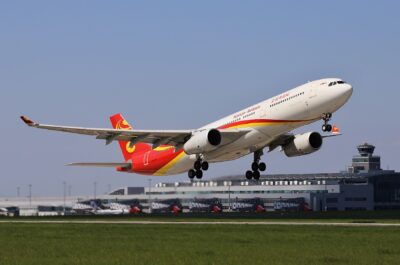…
The Greater Mekong Subregion is known for its pristine landscapes made of rice terraces, lush tropical forests, ethnic villages, beautiful beaches and majestic mountains. A colourful and rich history blended with foreign influenced have also deeply shaped local culture and traditions through architecture, arts but also through gastronomy or even handicraft.
Fauna and flora
Thanks to a relatively well preserved environment stretching over a land as large as Texas and Arkansas together, the six countries bear one of the most biologically diverse habitats in the world. According to the World Wild Life Fund (WWF), running along 3,000 miles from the Tibetan plateau down to the South China Sea, the Mekong River boasts the world’s largest inland fishery, accounting for up to 25% of the global freshwater catch and providing livelihoods for at least 60 million people. It is second only to the Amazon River in terms of fish biodiversity.
According to WWF, the Greater Mekong has no fewer than 20,000 species of plants, 1,200 bird species, 800 species of reptiles and amphibians, and 430 mammal species. Over 1,300 new species have been catalogued since 1997.
Forest landscapes—spanning an area roughly the size of France—are the largest combined tiger habitat in the world and are priority areas for WWF’s tiger conservation work.
Among unique animals to be seen in the Greater Mekong Sub-region are:
- Pink or Irrawaddy dolphins
- Giant catfish
- Mekong Tiger
- Asian Elephant
- Saola (Asian unicorn)
- Black and white snub-nosed monkey
- Gibbon monkey
The Mekong region boasts 16 global eco-regions, critical landscapes of international biological importance, more than anywhere else on mainland Asia. They are 1,000 of plant specific to the Mekong area. WWF indicates that over the last few years no more than 100 new flora species were discovered including 27 new palm trees, 6 new orchids and 2 wild bananas.
GMS Landscapes under UNESCO World Heritage List
UNESCO acknowledged the extremely rich and well preserved nature of the Greater Mekong area and has listed on its prestigious World Heritage List eight sites of the six GMS countries. Many more could soon join, especially as Myanmar is likely to join the prestigious organisation. Cambodia and Laos have also suggested.
China PRC
Guangxi/Yunnan
The South China Karst extends over a surface of half a million km2 lying mainly in Yunnan, Guizhou and Guangxi provinces. It represents one of the world’s most spectacular examples of humid tropical to subtropical karst landscapes with wide ranges of pinnacle shapes, natural bridges and caves.
Yunnan
Honghe Hani Rice Terraces covers 16,603-hectares in Southern Yunnan. It is marked by spectacular terraces that cascade down the slopes of the towering Ailao Mountains to the banks of the Hong River.
The Shilin National Scenic Area (also known as the Stone Forest), south of Kunming is believed to be over 270 million years old, and features stunning karst stone formations.
Three Parallel Rivers of Yunnan cover the the Mekong, Yangtze and Salween Rivers. It is considered by UNESCO as “maybe the most biologically diverse temperate region on earth,” boasting around 6,000 species of plants, 173 species of mammals, and 417 species of birds.
Thailand
Thungyai-Huai Kha Khaeng Wildlife Sanctuaries. Located in the provinces of Kanchanaburi Tak and Uthai Thani, wildlife sanctuaries stretch over more than 600,000 ha along the Myanmar border. They contain examples of almost all forest types of continental South-East Asia. They are home to a very diverse array of animals, including 77% of the large mammals (especially elephants and tigers), 50% of the large birds and 33% of the land vertebrates to be found in this region.
Dong Phayayen-Khao Yai Forest Complex. The Dong Phayayen-Khao Yai Forest Complex spans 230 km between Ta Phraya National Park on the Cambodian border in the east, and Khao Yai National Park in the west. It stretches over six Thai provinces (Saraburi, Nakhon Nayok, Nakhon Rachisima, Prachinburi, Srakaew and Buriram). The site is home to more than 800 species of fauna, including 112 mammal species (among them two species of gibbon), 392 bird species and 200 reptile and amphibian species. It is internationally important for the conservation of globally threatened and endangered mammal, bird and reptile species, as 19 of them are recognized as vulnerable, four as endangered, and one as critically endangered. The area contains substantial and important tropical forest ecosystems, which can provide a viable habitat for the long-term survival of these species.
Vietnam
Ha Long Bay, in the Gulf of Tonkin, includes some 1,600 islands and islets, forming a spectacular seascape of limestone pillars. Because of their precipitous nature, most of the islands are uninhabited and unaffected by a human presence. The site’s outstanding scenic beauty is complemented by its great biological interest.
Phong Nha-Ke Bang National Park. Located in the Quanh Binh Province in Northern Vietnam, the karst formation of Phong Nha-Ke Bang National Park is Asia’s oldest major karst area as it dates back to 400 million of years. The park’s karst landscape is extremely complex with many geomorphic features of considerable significance. The vast area, extending to the border of the Lao People’s Democratic Republic, contains spectacular formations including 65 km of caves and underground rivers.
Other landscapes of exceptional value
Cambodia
Tonle Sap Lake is an ecological marvel in Cambodia as it embodies the cradle of Khmer traditional cultures with its villages of fishers who continue to live like 1,000 years ago. In 1997, UNESCO deemed Tonle Sap an ecological hotspot and in 2001, the government of Cambodia declared the lake with its surrounding nine provinces a Biosphere Reserve.
In Northeastern Cambodia, untouched rainforests in Mondolkiri and Ratanakiri provinces are home to hilltribes and an exceptional fauna and flora (birds, elephants, wild buffalos, tigers and deers. In Ratanakiri, of great beauty is Yeak Loam Lake. This volcano lake offers a perfect round shape and is surrounded by the jungle. Yeak Laom is a place of worship for the hill tribes which explains why the lake has been saved of any commercial development until now.
Laos
Si Phan Don, known also as 4,000 Islands, is a huge archipelago along the Mekong River in the southernmost part of the country before the Mekong River flows over the Khone Falls and into Cambodia. Spectacular waterfalls, and river landscapes are easy to explore in kayak or on bicycles. The waterfalls stretch into Cambodia in Stung Treng province up to O’Russey Kandal, where the Mekong river turns again into rapids and falls.
A day trip from Luang Prabang, Kuang Si Waterfalls are among the most beautiful in Asia. Along a 50 metre fall drops from the mountainside are series of smaller falls and pools that continue on downstream almost to the infinite…
Myanmar
The possible inclusion of some of Myanmar’s landscapes into UNESCO World Heritage List would help preserving unique cultural and natural assets. Among them is Inlay Lake. Located in the heart of the Shan Plateau, it is a beautiful highland lake, 900 meters above sea level. The lake is 22km long and 10km across, and inhabited by many different ethnic nationals, including Intha people well-known for their agricultural skills as well as leg-rowed traditional boats. These boats are used in main ceremonial attractions.
Another unique natural landscape would also be the mountainous region of Putao in the Kachin State. Here stands Myanmar Himalayas with snow-capped mountains, including Mount Khakhaorazi, the GMS highest peak at 5,889 m. Highly specialized trekking can now be organized in Phokan Mountains with tours to Mt. Phonekan (3600m) and Mt. Pangram (4,655m).
Where men and nature blend in harmony
Living in total harmony with the nature and building exceptional structures blending with landscapes. For centuries, people from the GMS have shaped landscapes, leaving a legacy which is now turning into exceptional sites for visit.
Some exceptional human/natural sites to visit:
Cambodia
Banteay Chmar Temple, in the vicinity of Sisophon and the border to Thailand. Dating from the Angkorian period, the temple has countless Buddhist images and startling bas-reliefs of Angkorian-era life. In ruins today, the temple however offers majestic views as it it located on the top of a plateau surrounded by paddy fields and villages. It looks similar to UNESCO listed Preah Vihear temple, a grand structure located on a top of a hill.
Song Saa private Island resort is an amazing contemporary luxury resort structure in Koh Rong Archipelago. High luxury, pristine beaches but also an ethical charter to protect the natural environment and support local communities. Song Saa conservation and community program includes among others the creation and management of Cambodia’s first marine reserve and marine research centre.
China
Scenic landscapes of the Lijiang River in Guilin (Guangxi). The River goes all along Guilin city with bridges, its karst formation and hills which shape a green belt in the midst of the city, offering to visitors pictorial and spectacular views up to Guilin’s nearby mountains.
Nujiang Lisu Autonomous Prefecture Grand Canyon is the second largest gorge in the world, offering pictures of lofty mountains, roaring rivers and virgin forests in the gorge encircled by snow peaks complemented by traditional villages and vibrant green paddy fields.
Laos
Xieng Khouang Province Plain of the Jars is a strange megalithic site in Central Laos with menhirs and large stone jars. More than 90 sites are known within the province of Xieng Khouang. Each site ranges from 1 up to 400 stone jars spread in open fields. The jars vary in height and diameter between 1 and 3 metres. It is considered as GMS largest prehistoric site.
Myanmar
Bagan and its 2,200 pagodas and stupas spreading over an area of 105 km2.
Kyaiktiyo Pagoda is a well-known Buddhist pilgrimage site in Mon State. It is a small pagoda built on the top of a granite boulder covered with gold leaves pasted on by devotees
Thailand
Floating markets in Bangkok. For centuries, Thai villagers life in Central Thailand have been shaped by their proximity to water. Modern life has taken its toll but just outside Bangkok, in Thonburi district or further north on the way to the old capital city of Ayutthaya, traditional floating markets still show a century-old life style. Floating markets are located at Taling Chan Market, Bang Ku Wiang Market, Tha Kha, Damnoen Saduak and probably the most authentic being Amphawa, some 50 km upstream from Bangkok.
Mae Fah Luang Garden, Doi Tung Royal Project in Chiang Rai province. The former residence of Thailand Princess Mother, Princess Srinagarindra- the late mother of Thai monarch Bhumibol Adulyadej, transformed an impoverished area of ethnic tribes into a wonderful garden and agriculture centre. The entire area is today opened to the public comprising of a museum, lodge, conservation area, farming, coffee plantation and botanical gardens which reshaped totally the landscapes.
Vietnam
Sa Pa rice terraces in the Muong Hoa Valley. Located in northwest Vietnam in the vicinity of the Chinese border, the man-made transformed landscapes offer spectacular views of terraces between Sa Pa town and the Fansipan Mountain, on a backdrop of thick bamboo woodlands. Local mountain tribes such as Hmong, Giay, Dao, Tay, grow vegetable and rice.
Nha Trang Bay and its beaches is considered as one of the top 30 most beautiful bays in the world, particularly Tran Phu Beach in the south of the province. It is one of the most attractive for visitors as it consists of a succession of various small integrated beaches.
Heritage and architecture
Vernacular architecture is reflected mostly in temples all across the regions as well as traditional houses in villages and small cities – particularly in China, Myanmar and Vietnam. The presence of British and French in the 19th century brought a new wave of constructions, assessing the power of the new colonial authority.
Today, the blend between European-style and local architectures is an essential element shaping the charm of many GMS cities and can be considered as invaluable assets for travellers.
GMS Destinations with a blend of colonial/European and vernacular architectures
|
|
Cities/Destinations |
|
Cambodia |
Battambang, Kampot, Kep, Kratie, Phnom Penh, Siem Reap. |
|
China |
Jinghong, Lijiang |
|
Lao PDR |
Champassak, Luang Prabang, Pakse, Savannakhet, Thakek, Vientiane |
|
Myanmar |
Kengtung, Mandalay, Pyin Oo Lwin (formerly Maymyo), Sittwe, Yangon. |
|
Thailand |
Ayutthaya, Bangkok, Chiang Mai, Chantaburi, Hua Hin, Kantanaburi, Lampang, Lamphun, Nakhon Phanom, Nong Khai, Phuket, Sakhon Nakhon, Songkhla City. |
|
Vietnam |
Dalat, Danang, Haiphong, Hanoi, Ho Chi Minh City, Hoi An, Hue, Nha Trang, Vung Tau. |
GMS urban/historical destinations on the UNESCO World Heritage List
|
|
Sites |
|
Cambodia |
Angkor Wat (Siem Reap), Preah Vihear Temple |
|
China |
Lijiang |
|
Lao PDR |
Luang Prabang, Plain of the Jars*, Wat Phou (Champassak) |
|
Myanmar* |
Bagan* |
|
Thailand |
Ayutthaya, Nakhon Si Thammarat*, Sukhothai |
|
Vietnam |
Imperial Citadel Hanoi, Hoi An, Hue, My Son |
*Seeking potential UNESCO World Heritage status
TravelDailyNews Asia-Pacific editorial team has an experience of over 35 years in B2B travel journalism as well as in tourism & hospitality marketing and communications.



















